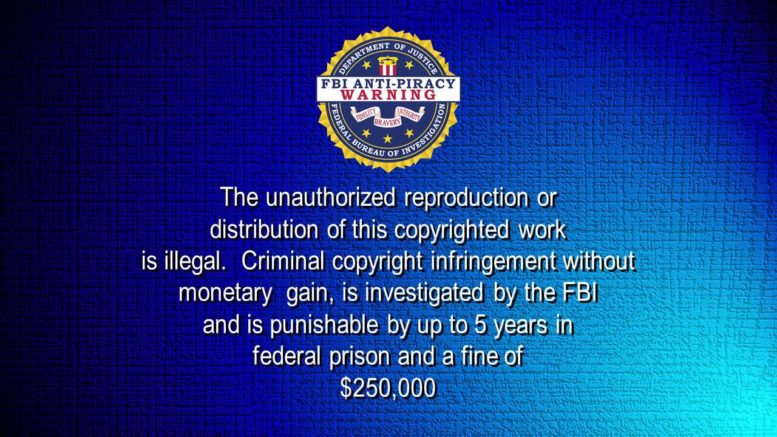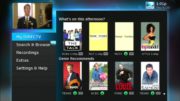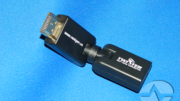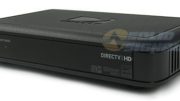It’s coming. There’s a new weapon in the never ending battle to keep you from copying your content. It’s called HDCP 2.2, and it’s the best hope yet for content providers to stop worrying that someone will “accidentally” record the content that’s coming down from satellites, up through cables, or over from media players. Copy protection has been a concern for years, starting with the days of VHS tapes which used a very simple form. Today’s copy protection is based on super-complex math and uses constant communication between two devices. You have to wonder, if the content providers spent as much on providing more entertaining stuff as they did on keeping you from copying it… ah well that’s another article to write, not this one.
The problem with illegal copying became even more obvious when media went digital. With video tapes, each copy was a little worse looking than the one before, so there was some potential for the process to stop itself organically. With digital media like CDs, DVDs, and Blu-ray discs, you could just capture the data stream and copy it perfectly. It’s even more concerning with pay-TV and streaming, because in cases like that there are contracts in place where the provider can be held accountable if they don’t do enough to prevent piracy.
That’s why companies like DIRECTV are anxious to put in copy protections like HDCP. HDCP the copy protection that’s built into the HDMI standard, but it can also flow through several other connections. HDCP is hard to crack, but not impossible; computers get more and more powerful and the bad guys seem to attract math geniuses faster than the good guys can.
A while back, DIRECTV started implementing HDCP across the board on all their HD content. If you had an older TV or an incompatible HD receiver, you got a nasty message and you couldn’t watch your stuff. There was always the possibility of using component video (which is unprotected since it’s not digital data and therefore you can’t make pristine copies) but that makes for wiring problems.
HDCP 2.2 is the copy protection scheme most often associated with 4K content, although there’s no reason it couldn’t be implemented in HD content if the hardware were capable of doing it. It’s a lot more complex and harder to crack, although to be fair they said that about every other HDCP standard and sooner or later someone figured out how to crack it. If you’re looking at a 4K television and a 4K home theater, you must make sure your stuff supports HDCP 2.2 because without it you’re stuck with an expensive boat anchor. You may have made this mistake before, back in the 2000s when HDCP first came out; I did and it was no fun at all.
At this point it’s not clear how much of DIRECTV’s current devices can support HDCP 2.2 or even HDCP 2.1, the current standard. Generally pay-TV providers will stay with an older standard in order to make sure things are more compatible. However, if DIRECTV or any other pay-TV provider got enough pressure from a content provider, they could start implementing a later copy protection standard; it’s probably just a change in software. Don’t get me wrong… the receiver itself has to be capable of running the new standard but for all we know every DIRECTV receiver made since 2011 could be capable of the latest HDCP standard and maybe they just haven’t enabled it.
The really annoying thing is there’s not much you can do. Going to the manufacturer web site for your TV may or may not give you specs, but what about all your other stuff? What about any HDMI switches, matrix switchers, streaming devices, etc? A lot of that stuff isn’t rated and it’s hard to get information about it. You’ll find out they don’t work when you get that copy protection warning. That can be really tough for bars and restaurants to deal with especially if there’s high-end equipment involved.
The safest thing to do is to start budgeting for new, 4k-capable, HDCP 2.2-compliant stuff now. Just consider it part of doing business. Maybe you can resell your old A/V stuff to someone else… someone who hasn’t read this article.





